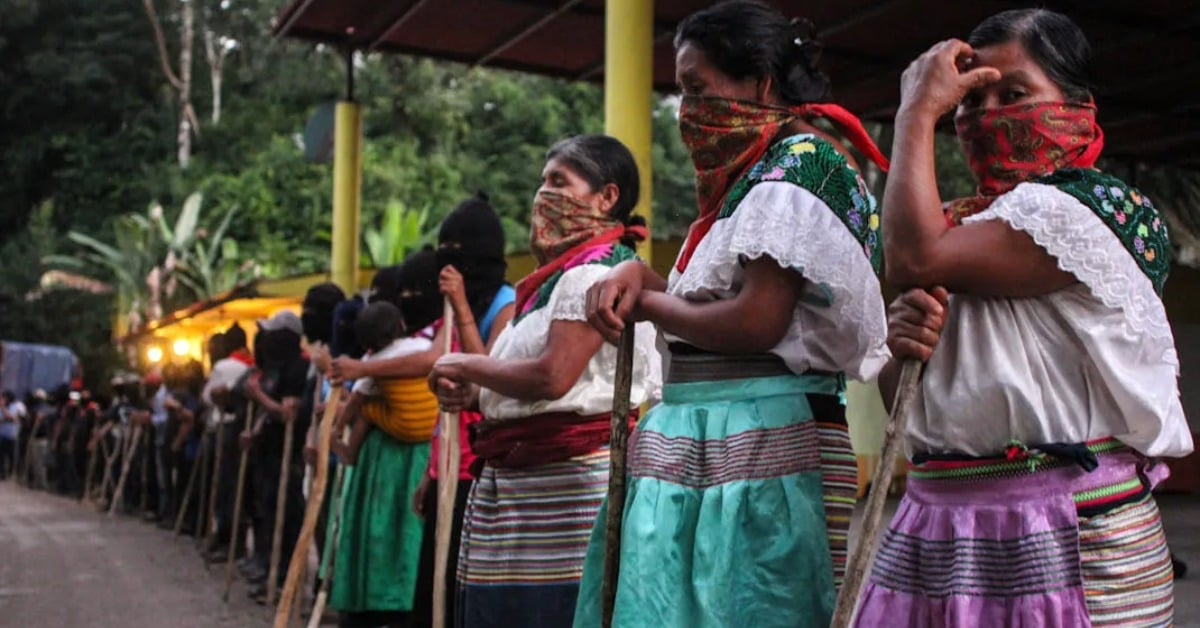Maya communities in Bachajón, Chiapas, collaborate with experts to apply AI technology in preserving and translating the Tseltal language, safeguarding their cultural heritage . . .


Maya communities in Bachajón, Chiapas, collaborate with experts to apply AI technology in preserving and translating the Tseltal language, safeguarding their cultural heritage . . .
